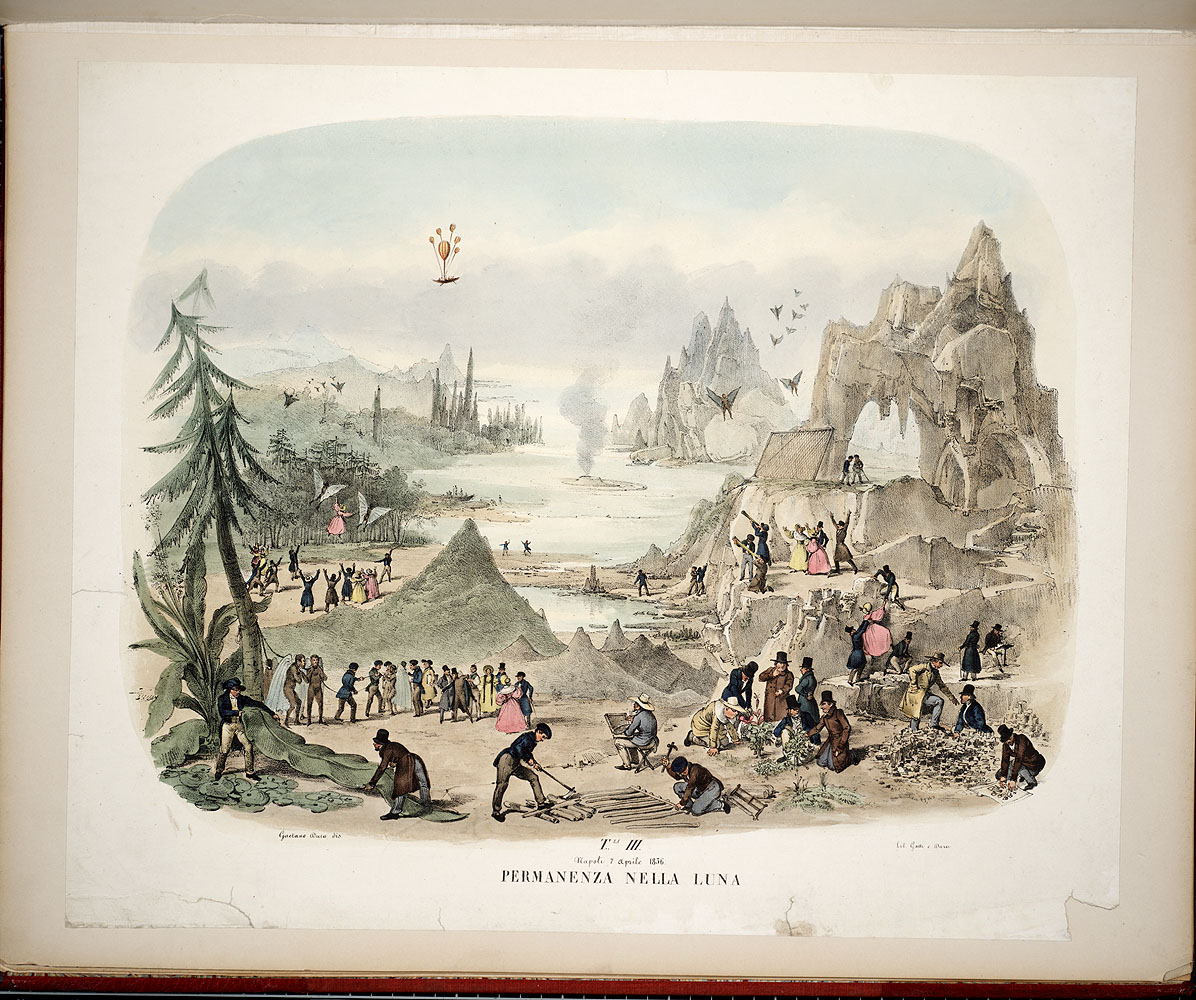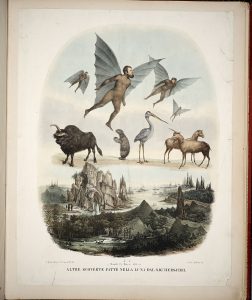
In 1894, Labor Day, celebrated on the first Monday in September, was officially established and signed into law by President Grover Cleveland (1837-1908) to recognize the contribution of American workers. The day is usually associated with trade unionism and its historic appeals for the right to organize in the workplace, the eight hour workday, the five day work week, workman’s compensation, the abolishment of night work without compensation, equal pay for equal work, and the abolishment of child labor. These hard fought for rights which are currently viewed as given conditions in the workplace were won through the organizational skills and spilled blood of labor leaders and the rank and file The Smithsonian houses many volumes dealing with labor history; the following monographs are located in the American Art/National Portrait Gallery Library (AA/PG).







